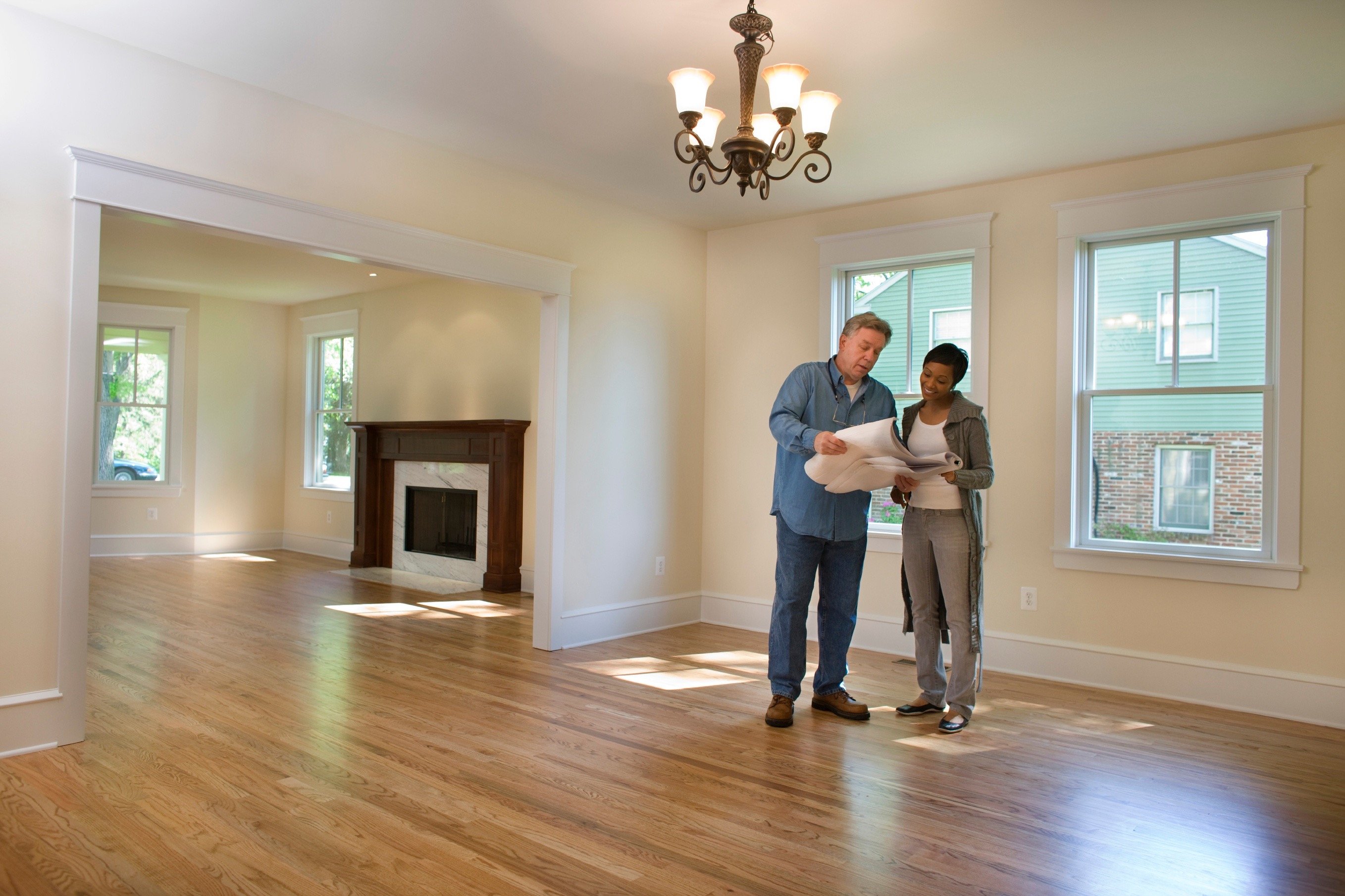Radon gas comes from the natural breakdown of uranium in rock and soil.
As uranium decays, it produces radon gas that rises from the soil.
Outdoors radon gas isn't a problem, but when it gets in your home and becomes trapped, it causes problems.
Radon gas trapped inside of your home can build up to unsafe levels. After years of exposure to it, you can develop severe health issues like lung cancer.
So what do you do to keep you and your family safe from radon exposure?
Radon is colorless, tasteless, and odorless, so the only way to know if your house has elevated radon levels is to have your home tested.
Fortunately, radon testing is easy, and if you do have elevated levels, it's relatively easy to mitigate.
And since lung cancer is such a devastating disease, testing your home for radon is a no-brainer.
Wondering if there is a way to treat your radon exposure? Read our blog post: "Is There a Cure for Radon Poisoning?"
This begs the question, can you test for radon yourself, or is it best left to a professional radon contractor?
We'll take a look at that question in the article below.













